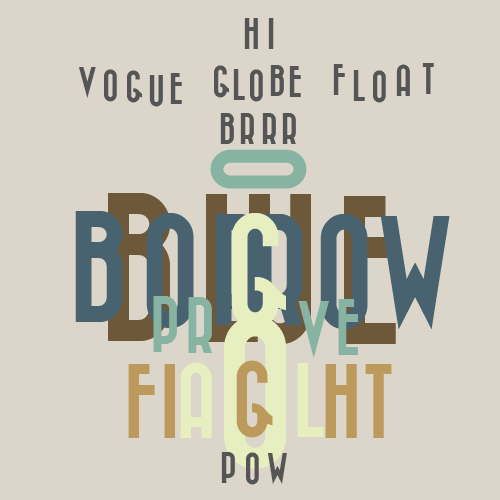Issue #2‘s Magus Magnus created a mesostic poem, TYPE BLEEDS TENTACLES, using words from this chunk of text from Really System.
Click here to read TYPE BLEEDS TENTACLES. There is also a link to Magus reading the work on that page.
Here is Magus’s statement about the piece:
When my assigned word list came to me from Really System, I was still under the influence of a 3-hour “performance installation” I did with poets Christophe Casamassima and Chris Mason in Baltimore’s Litmore poetry library March 28th (our “Polyphonic Readings and Harmonic Listening” of four Cage texts for States and Drives II: Responses to John Cage at Litmore). During the performance, I became especially fascinated by what Cage’s specialty with the mesostic form on the page provoked off the page. So I thought I’d give the form a try here, both on the screen and vocally. It helps that a mesostic poem should be composed of found text, yet with liberty for authorial impulse.
The first two stanzas are basic, or classic, mesostic — “classic,” yet also described as “impure” by those who keep strict tabs on the form’s rules. The capital letters form the spine of the mesostic, and incidentally, the title — taken from three words on the assigned list. It took two iterations to incorporate each of the list’s words into the spine; thus, two stanzas.
The third stanza, based on the first, is a 50% mesostic, according to purists: between any two capital letters, the second letter should not appear. A process of erasure compounded itself, gaps backing up upon the gaping.
The fourth stanza, based on the second, is a 100% mesostic: between any two capital letters, neither the first nor the second letter should appear.
I make no claim for the strictness or purity of any of this.
M.









